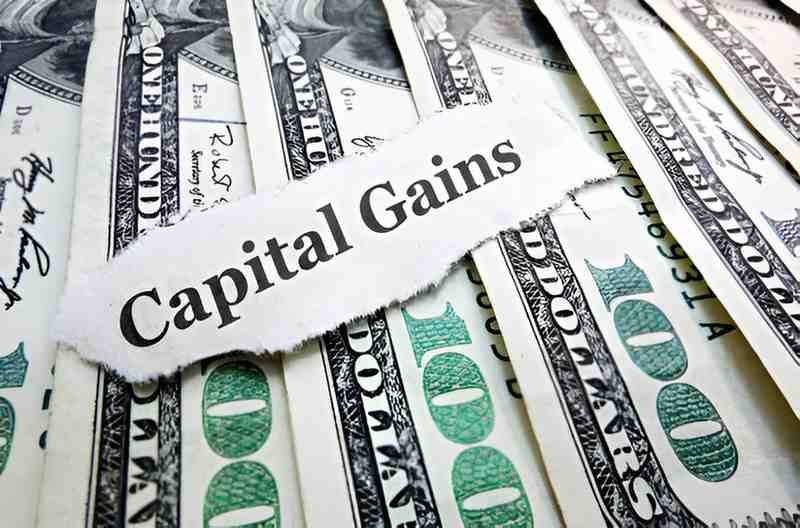Understanding Unrealized Gains in Mutual Funds
When I analyze mutual fund investments, one of the most overlooked but critical factors is unrealized capital gains. These represent the paper profits embedded in a fund’s portfolio that haven’t been sold yet. For American Funds (one of the largest mutual fund families), understanding this concept is crucial because it can significantly impact your tax bill when those gains are eventually realized.
Table of Contents
How Unrealized Gains Accumulate
American Funds, like all mutual funds, build unrealized gains through:
- Appreciated stock holdings (positions bought at lower prices)
- Bond premium/discounts (fixed income securities trading above/below par)
- Reinvested dividends (buying more shares at higher prices over time)
The formula for calculating unrealized gains is simple:
Unrealized\ Gain = Current\ Market\ Value - Cost\ BasisAmerican Funds’ Unrealized Gain Position
As of 2023 annual reports, some major American Funds carried substantial unrealized gains:
| Fund Name | Ticker | % of NAV in Unrealized Gains |
|---|---|---|
| Growth Fund of America | AGTHX | 38% |
| Investment Co of America | AIVSX | 29% |
| Washington Mutual | AWSHX | 25% |
| EuroPacific Growth | AEPGX | 31% |
Data from Capital Group annual reports
Why This Matters to Investors
Unrealized gains become problematic when:
- The fund sells appreciated positions (triggering taxable events)
- You sell your shares (realizing your portion of the embedded gains)
- Large redemptions occur (forcing managers to sell holdings)
Tax Implications for Shareholders
When gains are realized, they flow through to investors as:
- Short-term capital gains (taxed as ordinary income)
- Long-term capital gains (15-20% federal tax rate)
Example Scenario:
- You own $50,000 of AGTHX with 38% unrealized gains
- If the fund realizes these gains, you could owe:
Tax = $50,000 * 0.38 * 0.20 = $3,800
American Funds’ Tax Efficiency Strategies
The Capital Group employs several methods to mitigate gains:
- Low portfolio turnover (many funds have <30% annual turnover)
- Tax-loss harvesting (offsetting gains with losses)
- In-kind redemptions (distributing securities rather than selling)
How to Check Unrealized Gains
For any American Fund:
- Review annual reports (Schedule of Investments)
- Check the “Unrealized Appreciation” line in financial statements
- Use Morningstar’s tax tab (shows potential capital gains exposure)
Protecting Yourself from Surprise Tax Bills
- Hold funds in tax-advantaged accounts (IRAs, 401(k)s)
- Monitor December distributions (most gains are distributed year-end)
- Consider ETF alternatives (more tax-efficient structure)
- Invest in “tax-managed” funds (like American Tax-Managed Growth)
Historical Capital Gains Distributions
Looking at recent history shows the impact:
| Fund | 2022 Distribution | % of NAV |
|---|---|---|
| AGTHX | $4.32/share | 5.1% |
| AIVSX | $2.15/share | 3.8% |
| AEPGX | $1.89/share | 4.3% |
Source: Capital Group distribution notices
When Unrealized Gains Become Dangerous
Be especially cautious with:
- Older, successful funds (decades of compounding gains)
- Sector funds (tech/growth funds with big run-ups)
- Actively managed funds (higher turnover than index funds)
Comparing to Other Fund Families
American Funds compares favorably to some competitors:
| Fund Family | Avg. Unrealized Gains | Turnover Rate |
|---|---|---|
| American Funds | 32% | 28% |
| Fidelity | 41% | 35% |
| T. Rowe Price | 38% | 31% |
2023 industry averages
Actionable Steps for Investors
- Run a “what-if” tax scenario with your accountant
- Consider tax lot accounting methods (specific ID vs average cost)
- Balance with tax-loss positions in other holdings
- Monitor fund turnover ratios (lower = generally better)
The Bottom Line
While American Funds are relatively tax-efficient compared to many active managers, their substantial unrealized gains mean investors should:
- Be prepared for potential distributions
- Strategize account placement (taxable vs. tax-deferred)
- Stay informed about fund turnover and tax management strategies
By understanding these embedded gains, you can make smarter decisions about when and where to hold these popular mutual funds in your portfolio.





